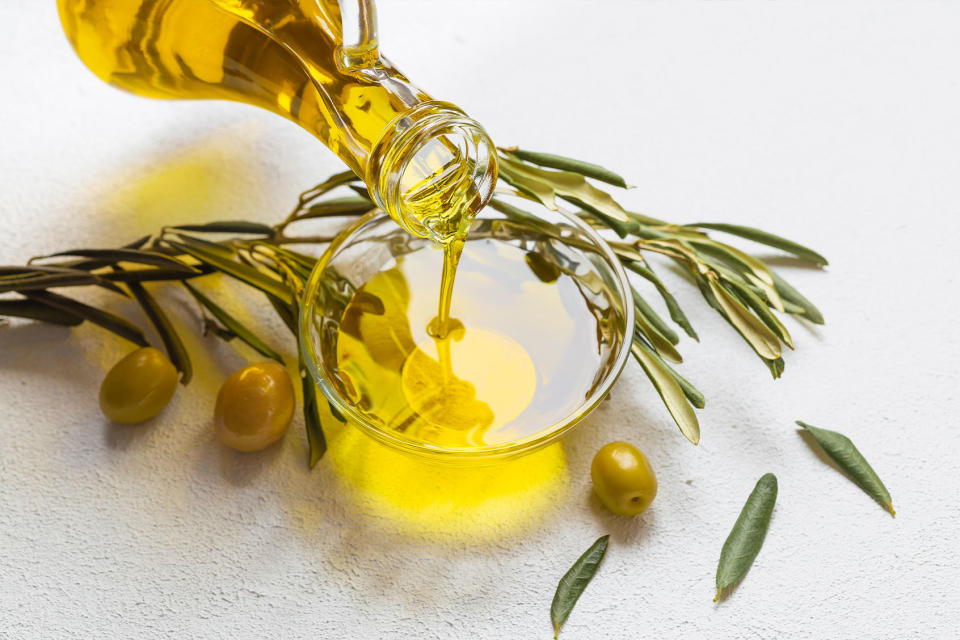Experts predicted olive oil prices would skyrocket due to scorching temperatures. They were right

Back in September, The Grist’s Max Graham penned the story “Climate change is coming for your olive oil, too,” which looked into why olive oil prices soared to a record high this past summer. He cited “heatflation,” the phenomenon of rising food prices caused by extreme heat. Spanish olive oil production had already fallen by a half — from an estimated 1.3 million to 610,000 metric tons — due to a yearlong drought and a spring of extreme heat in Spain. This was concerning not only for the local industry, but the global one too as Spain accounts for more than 40% of the world’s olive oil production.
“Now fears are mounting over the very real possibility that the country’s inventory will run out before the next harvest begins, in October,” Graham wrote at the time.
In recent months, however, those fears have become a reality. An olive oil shortage has caused prices to skyrocket, fueled a crime surge and pushed the industry “into crisis mode,” CNBC reported Thursday.
According to market research group Mintec, a production range of 830,000 to 850,000 metric tons is expected for Spain’s 2023/2024 season. It’s an increase of roughly 40,000 metric tons from previous estimates but nowhere near Spain’s typical production range which is a little over a million. Within Andalusia, Spain's largest oil-producing region, extra virgin olive oil prices reached an unusual all-time high of 9.2 euros ($9.87) per kilogram in January. That price has steadily gone down to just over 8 euros at the end of March and 7.8 euros as of April 19. Per CNBC, much of that decrease can be attributed to an increase in rainfall in March and April along with an increase in production estimates for Spain’s olive harvest. But experts say such prices are only temporary due to fewer olive oil reserves that would spur price hikes sooner than later.
“The question on people’s lips is yes, prices seem to be going down right now, but eventually people are going to need to start buying,” Kyle Holland, an analyst at Mintec, told CNBC. “And when you’re buying against diminished volumes, they are saying that if volumes drain and everyone needs to buy, then prices have to go up.”
Miguel Angel Guzman, chief sales officer at Deoleo, the world’s largest olive oil producer, said the industry must undergo a “profound transformation” if it wants to overcome “one of the most difficult moments in the history of the sector.”
“Strong inflation along with high interest rates and unfavorable olive oil harvest forecasts (in terms of quantity and quality due to the drought cycle) has caused prices to increase considerably,” Guzman told CNBC in a separate report.
Want more great food writing and recipes? Subscribe to Salon Food's newsletter, The Bite.
Although olive trees can typically withstand high temperatures and drought conditions, the ongoing — and dire — climate crisis is pushing the trees to their utmost limit. So much so that the trees are now “exceedingly” vulnerable to the climate crisis. Experts, harvesters and analysts have branded the current situation as a “crisis.” However, the International Olive Council refrained from calling it as such, instead describing the situation as “complex,” per CNN.
Rising olive oil prices have also made the product more susceptible to thefts, mainly carried out by criminal gangs. Olive oil has become the most stolen product in supermarkets across Spain, according to Sky News. In August, more than 50,000 liters of olive oil was stolen from the Marín Serrano El Lagar oil mill, a family-owned company based in Córdoba, Spain.
